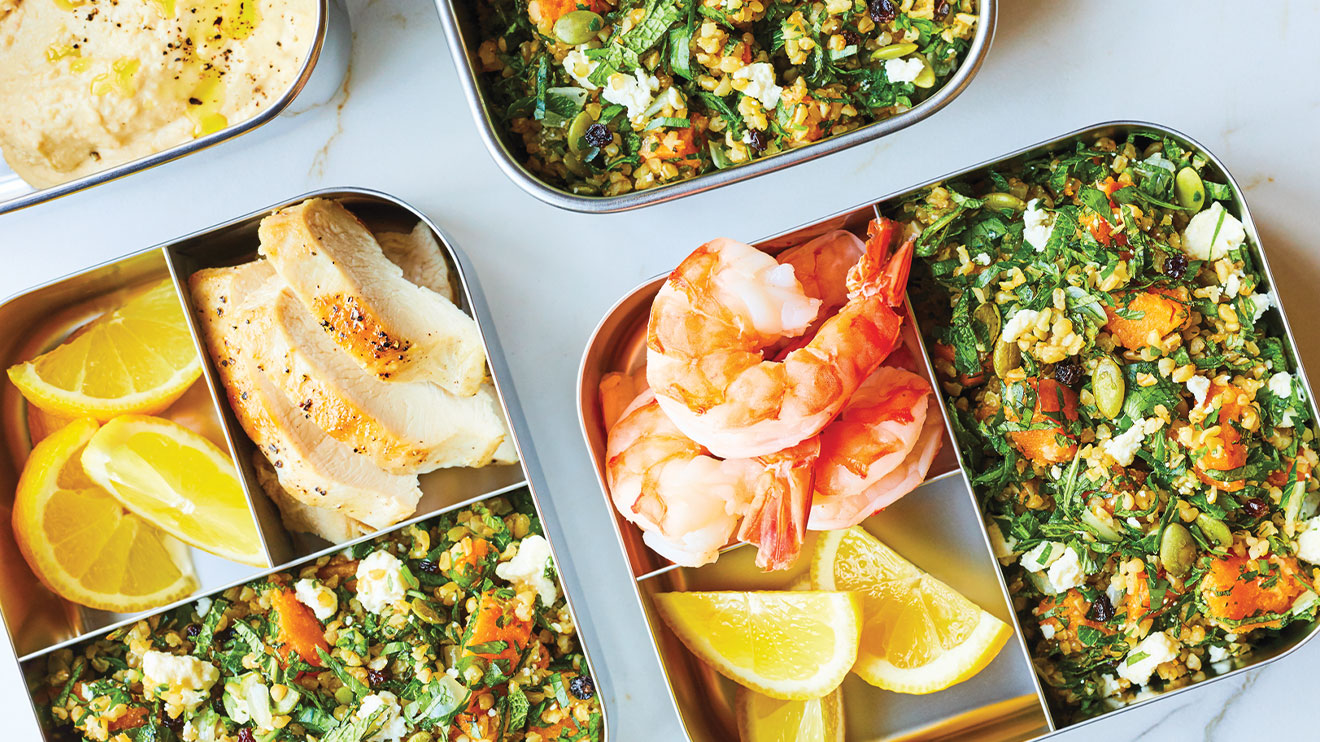In recent decades, we have increasingly let the food industry do our cooking for us. This situation has led to a gradual loss of the culinary skills that were once handed down from generation to generation. If we want our young people, as they grow older, to put fresh foods on the menu more often, we must equip them with the right tools from early childhood. By introducing them to the proper foods, teaching them cooking techniques and showing them how to handle kitchen tools and utensils, we contribute to their overall development and promote their sense of independence and self-esteem—all while creating positive memories rooted in enjoyable experiences.
Here are some activities you can try out when preparing your family’s lunchboxes. Note that the activities suggested for one age group can be carried over to the next age group. Every child learns at their own pace, so it’s important to assign tasks according to their abilities so as not to discourage them.
From 4 to 6 years old
1. At this age, the child is invited to look at a cookbook, choose one recipe and count the number of foods or ingredients it contains. The same thing can be done with the contents of the lunchbox. With a parent’s help, measuring ingredients is a task well within reach of the little ones.
2. You can show them how to wash and rinse fruits and vegetables as well as remove the thick skins of certain fruits, such as bananas and oranges.
3. Using a fork or a pestle, soft foods can be crushed and mashed. Bananas for bread, avocados for guacamole, boiled potatoes for shepherd's pie and hard-boiled eggs for sandwiches are a good place to start.
4. For their lunch, young cooks can participate in various stages of making a salad by cutting the herbs with round-edge scissors, shredding leafy vegetables or squeezing citrus fruits to extract their juice for a vinaigrette.
5. Some snacks are really easy for young children to prepare. Think crackers with cubes of cheese, cut fruit or yogurt topped with granola.
6. Shaping small balls with cookie dough, meat or other preparations is a good way to build manual dexterity. Just remember, if the kids are working with meat or raw fish, they must wash their hands thoroughly before and after. And above all, not eat it!
7. Putting a freezer pack and the food you’ve prepared into the lunchbox are tasks that young people can easily handle. This is also a good time to teach them to clean up after cooking, running a damp cloth over a small surface or wiping the dishes.
From 6 to 8 years old
When they are a little older, ask the children to create a binder containing all their favourite recipes for lunchtime meals or snacks. This can come in handy when you’re planning menus and making a grocery list.8. When they are a little older, ask the children to create a binder containing all their favourite recipes for lunchtime meals or snacks. This can come in handy when you’re planning menus and making a grocery list.
9. At this age, young people are able to read a simple recipe, take ingredients out of the pantry or refrigerator and measure them. Now is also the time to show them how to use certain kitchen accessories, like the cheese grater, toaster, blender, peeler and can opener.
10. Using a knife under supervision, they can chop herbs or cut soft ingredients, such as cheese, bread, cooked vegetables and fruits. With the knowledge they’ve gained, they’ll be able to prepare toppings for pizza, and fillings for sandwiches and tacos.
From 8 to 12 years old
11. Pre-teens are able to follow a simple recipe (omelettes, pancakes, quesadillas, soups, grilled cheese sandwiches) and prepare a dish of vegetables or fresh fruit to go with a lunch or dessert. And why not let them concoct their own recipe for a soup, smoothie or sandwich?
12. As they get older, you can give the kids more responsibilities, like letting them decide what goes into their lunch box based on the food or leftovers available. Once a week, ask them to make lunch for the whole family.
13. Every night, the child should empty their lunch box, then wash it with a little warm soapy water.
A few tips to get the most out of the experience
14. There’s no denying it: Cooking with the kids takes more time and creates a bigger mess than if you simply did it yourself. But for them, this is an important learning experience. You need plenty of patience, and one way to make it all work is to see the experience as a kind of game. One rule is to never take over from the young cook, even when things are less than perfect. The best thing is to encourage them to keep going!
15. To make the job more enjoyable for everyone, try placing a drawing of a lunchbox on the wall or on the refrigerator that shows what to include to make a complete meal: one or two snacks, a main dish, a side dish, a dessert and a drink.
16. Preparing certain foods in advance (cook cereal products, such as rice, quinoa, couscous and barley, or wash and cut fruits and vegetables) will save time when you’re putting lunch together.
17. If you double the amount you make for supper, there will be leftovers for the following day that can be used just as they are, or turned into a different dish (for instance, last night’s roast chicken is used in a salad or sandwich).
Good tools make good dishes
Somehow, we always work better with the right instruments. Think about providing equipment that suits the age and size of your children. And there’s no need to break the bank! An apron, a step stool to gain access to the counter and wooden knives or ones with rounded ends are all useful for your little sous-chef.


